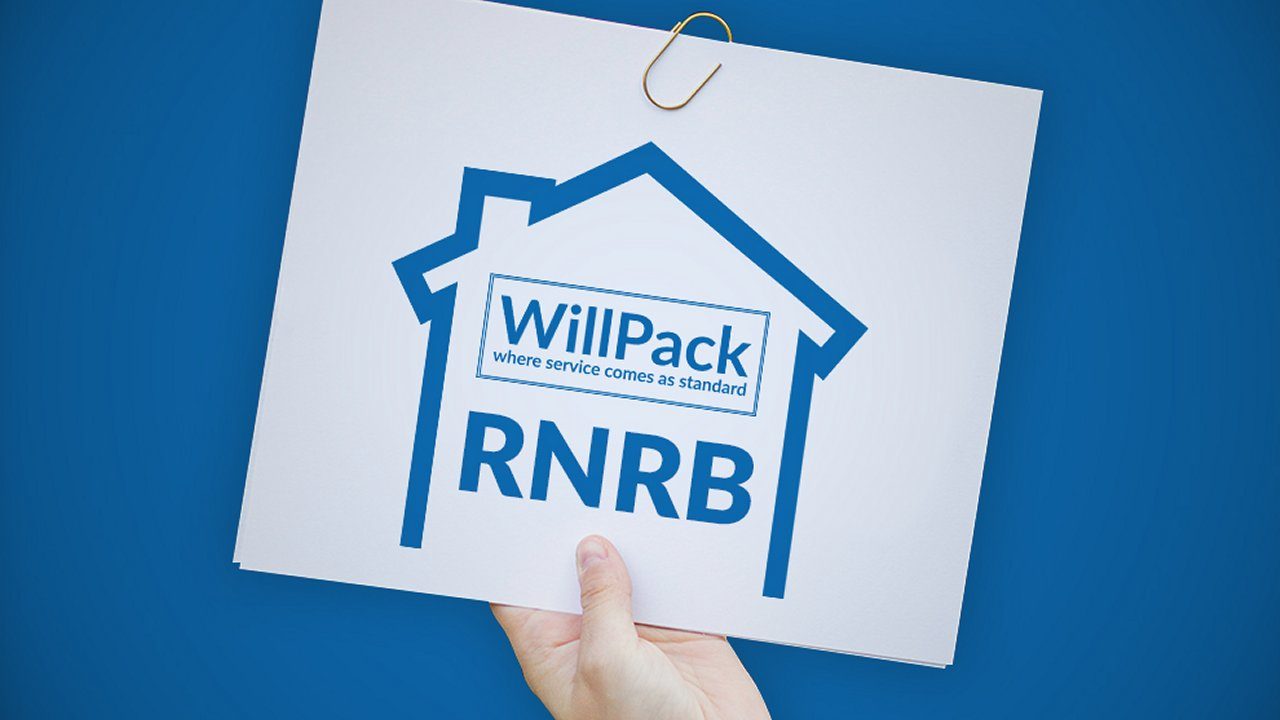Update
It was announced on 3 March 2021 that the Taper Threshold will be frozen at its current value of £2,000,000 until April 2026 and will no longer rise in line with inflation.
Transferable RNRB
Any unused Residential Nil Rate Band (RNRB) is available to be transferred to a surviving spouse as long as second death occurs on or after 6th April 2017. On second death, the surviving spouse’s Personal Representatives (PRs) are able to claim both the deceased’s RNRB and the unused RNRB of their late spouse, similar to the procedure used for claiming the transferable Nil Rate Band.
This applies even if first death occurred before 6th April 2017. The first to die would not have used any of their RNRB, so 100% of their RNRB will be available to be transferred (unless their estate exceeded the Taper Threshold and some RNRB is tapered away).
Whether the first to die owned a qualifying residential interest on their death is irrelevent for the purposes of transferring the RNRB. All that matters is whether the deceased spouse used it or not.
Please note that it is the unused percentage that is available to be transferred rather than the amount. The following scenarios will illustrate this:
Scenario 1
T1 died in May 2017, leaving all his estate to his spouse T2 including his 50% share in their home. T2 died in June 2018, leaving the estate, including the whole property worth £400,000 to her daughter.
T1 used none of his RNRB on his death, meaning 100% can be claimed by T2’s PRs.
On T2’s death, the maximum RNRB available is £125,000.
The total RNRB available is 100% of T2’s RNRB, plus 100% of T1’s unused RNRB. This allows T2’s estate a total combined RNRB of £250,000.
Scenario 2
Instead of leaving all his estate to T2, T1 leaves 25% of his £200,000 share in the property (worth £50,000) to his daughter on his death.
T1 has therefore used £50,000 of his 2017-18 RNRB allowance of £100,000 on his death (50%).
On T2’s death, her PRs can claim 100% of her RNRB (£125,000) plus T1’s unused 50% RNRB (50% of £125,000 being £62,500). This allows T2 a total RNRB of £187,500.
Taper Threshold
Where the net value of an estate is more than the Taper Threshold, the amount of RNRB available will be reduced by £1 for every £2 that the estate is worth over the Taper Threshold. The Threshold will be £2,000,000 until the end of the 2020-21 tax year. After which, the Taper Threshold will increase along with inflation. The remaining allowance after tapering is known as the adjusted allowance.
When considering if tapering applies to an estate, the value of the estate is seen as the total value of assets, minus debts and liabilities, but without taking off any exemptions (e.g. spousal exemption or gifts to charity) and any reliefs (e.g. BPR or APR).
Tapering will also apply when considering the percentage of a late spouse’s unused RNRB that is available to be transferred even if the late spouse did not use any RNRB on their death. The following scenario illustrates this:
Scenario
T1 died in August 2017, leaving the entirety of his £2,100,000 estate to his wife T2.
Whilst T1 is not using any RNRB, his estate is over the Taper Threshold, so the RNRB available will be reduced.
The available RNRB is reduced by £1 for every £2 it is over the threshold. As the estate is £100,000 over the threshold, available RNRB should be reduced by £50,000.
RNRB in 2017-2018 (£100,000) – £50,000 = £50,000. T1’s percentage of unused RNRB is therefore 50%.
T2 dies in November 2020, leaving the estate worth £2,400,000 (including assets inherited from T1) to their children.
In the 2020-2021 tax year, the RNRB is £175,000. T2 therefore has her own RNRB of £175,000 plus T1’s 50% unused RNRB (worth £87,500 in 2020). Giving T2 total RNRB of £262,500.
However, as T2’s estate is over the Taper Threshold by £400,000, the RNRB must be reduced by £200,000. Leaving an adjusted allowance of £62,500.
*all references to spouses also includes a civil partner.


 © Trust Wills & Probate Limited t/a WillPack. All rights reserved.
© Trust Wills & Probate Limited t/a WillPack. All rights reserved.
You must be logged in to post a comment.